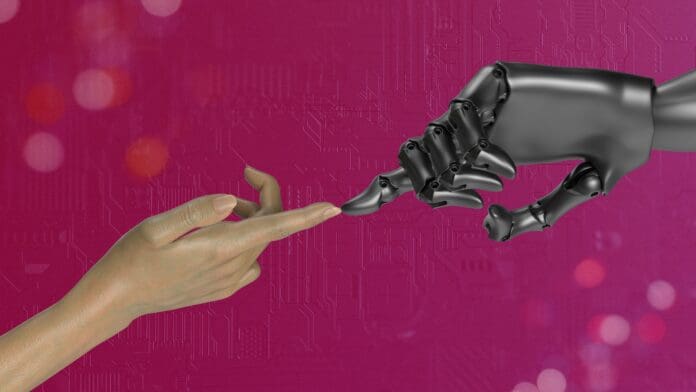This post is also available in:
 עברית (Hebrew)
עברית (Hebrew)
A new framework developed by researchers at MIT and NVIDIA is setting a new standard for robot behavior correction, making it easier for users to guide robots through tasks using simple, intuitive interactions. Unlike existing systems, which require users to gather new data or retrain machine-learning models, this innovative approach allows users to correct robotic behavior in real-time without the need for technical expertise.
The core of the framework lies in its ability to process natural, real-time human feedback. This enables robots to choose the most effective sequence of actions that closely aligns with the user’s objectives. In tests, the system outperformed existing methods that did not incorporate human input by 21 percent. According to the researchers, this advancement is crucial, as it eliminates the need for consumers to perform data collection or fine-tune complex neural networks, addressing a key challenge in making robotics more user-friendly.
Traditionally, robots are trained to complete specific tasks. However, these tasks may not always go as planned due to differences in real-world scenarios, such as varying object orientations. Correcting these issues usually requires reprogramming the robot, a time-consuming and costly process. This new framework, however, allows users to make immediate corrections without needing to retrain the robot’s model.
The framework offers three intuitive methods for user interaction: selecting objects on a camera interface, tracing desired trajectories, or physically guiding the robot’s arm. These approaches ensure that robots act in accordance with user intent while maintaining safety by preventing actions that could lead to errors like collisions.
Another key feature of the framework is its adaptive learning capability. Repeated user corrections help the robot improve its behavior over time, refining its actions based on the adjustments made during real-time interactions. This continuous learning process reduces the need for further corrections and increases the robot’s effectiveness.
The team behind the project is now working to optimize the sampling process and expand the system’s ability to generate robot policies in new environments. This breakthrough marks an important step toward making robots more adaptable and responsive to human input in a variety of settings.
The team’s research can be found on arXiv.


























